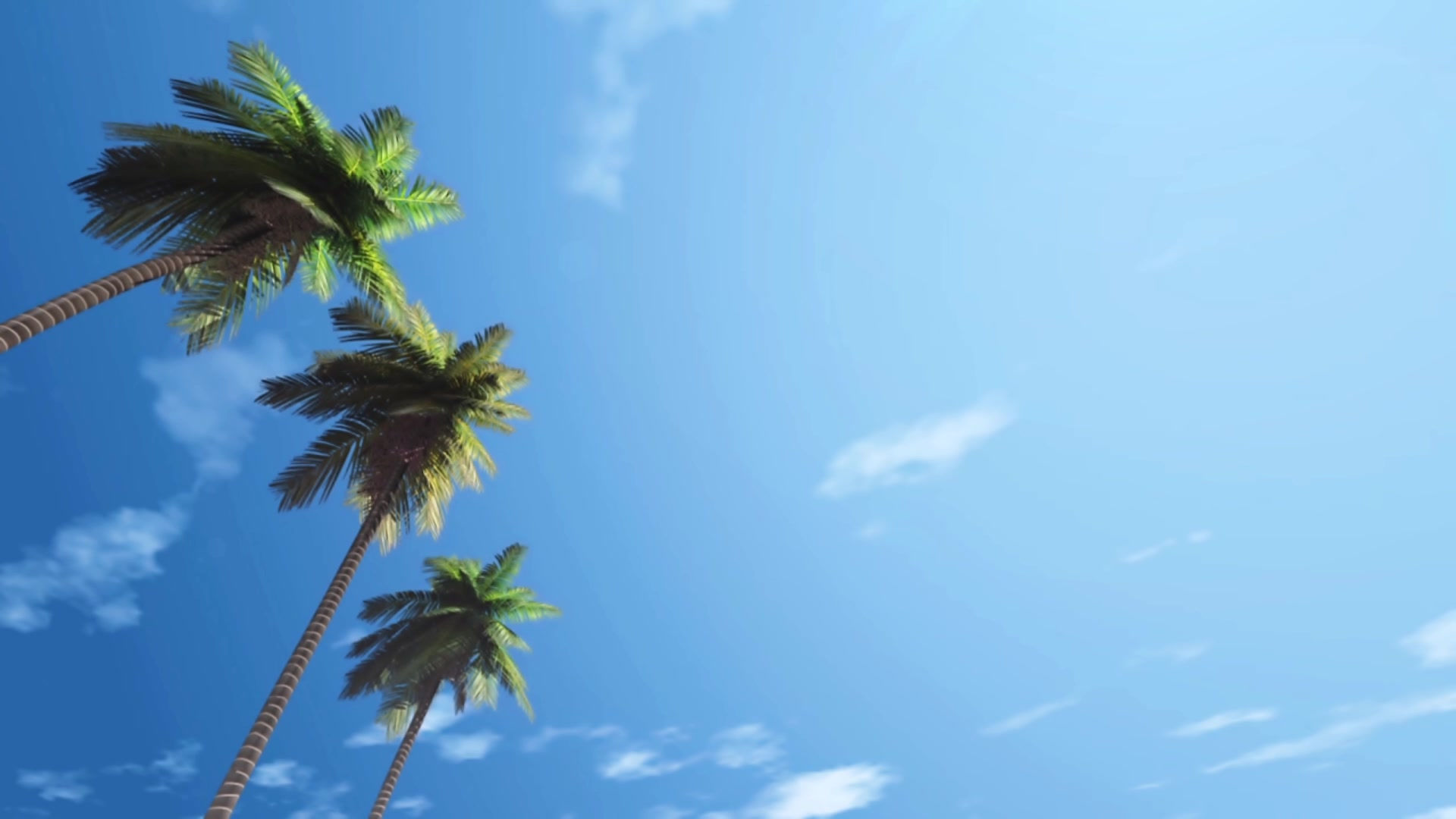
Hawksbill Sea Turtle
Hawksbill sea turtles (Eretmochelys imbricate) have a life span of about 30 to 50 years and can weigh 100 to 150 lbs. Hawksbills are a rare site in our area of Florida. They are beautiful and graceful, but unfortunately are critically endangered and have been on the endangered species list since the 1970s. They are protected by the Federal Endangered Species Act, by Florida’s Endangered and Threatened Species Rule, and by Florida's Marine Turtle Protection Act (379.2431, Florida Statutes). Hawksbill eggs are still eaten around the world despite the turtle’s international protected status, and they are often killed for their flesh and their stunning shells. These graceful sea turtles are also threatened by accidental capture in fishing nets and human impact.
Nesting
Hawksbills make incredible migrations in order to move from feeding sites to nesting grounds, normally on tropical beaches. They mate every two to three years normally in shallow waters close to the shore. They nest on beaches typically from May – October. A female typically nests every 2 or 3 years and can lay several nests during one nesting season. They dig nests with their back flippers and deposit about 100 eggs, each the size of a ping pong ball. They disguise their nest by flinging loose sand over it, and once a female leaves the nest she does not return.
The Clearwater Marine Aquarium monitors and tracks turtle nesting. Beginning April 15, Clearwater Marine Aquarium patrols approximately 13 miles of beach along North Pinellas County. They mark the nests and collect various measurements from the nest site so they can effectively monitor it throughout the turtle nesting season.
Hatchlings
Eggs will hatch in about 60 days. The hatchlings make their way to the sand's surface, emerging at night when the sand cools. Hawksbill hatchlings have an innate instinct that leads them in the brightest direction, which is normally bright moonlight reflecting over bodies of water on the open horizon. The most dangerous time of their lives comes when hatchlings make the journey from their nests to the sea. Bright lights from homes and streets can lead them away from the sea and crabs and flocks of gulls voraciously prey on them during this short scamper. On average, only 1 in 5,000 hatchlings make it to adulthood. Hatchlings scramble to open water and swim offshore, where they live for several years drifting with Sargasso weed.
How You Can Help
Click here to help the little Hawksbill hatchlings make it to sea and survive today’s modern beach.